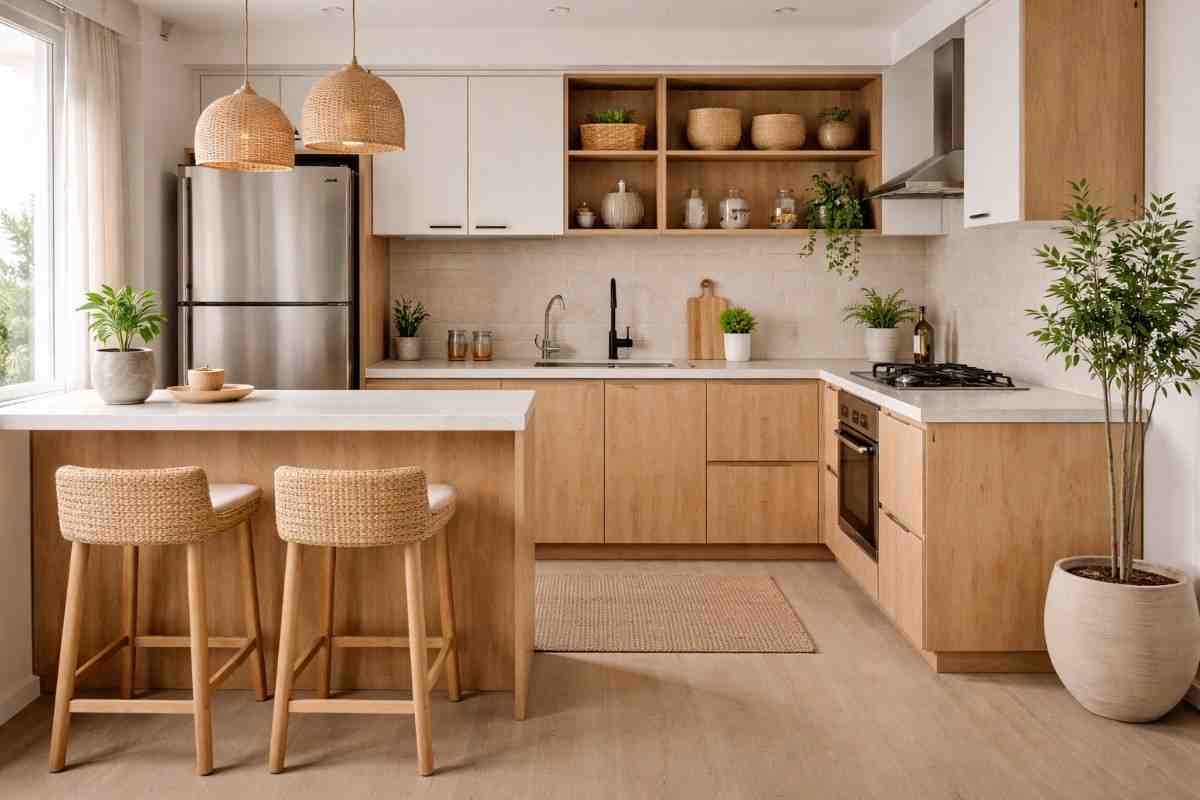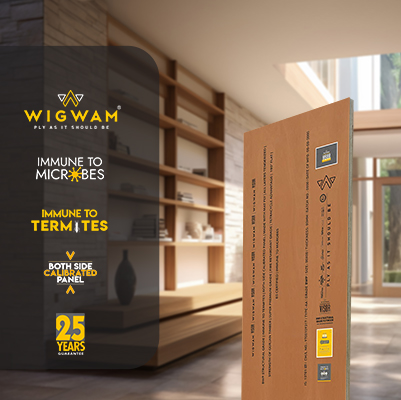
🥇India mein pehli baar - ONLY Calibrated Ply, Life-time guarantee ke saath!

In the world of construction, the foundation is paramount. A strong foundation ensures the stability and longevity of any structure, whether it’s a towering skyscraper or a cosy home. One of the key materials used in creating these robust foundations is shuttering plywood. This specialised type of plywood plays a crucial role in the formwork process, which is essential for shaping and supporting concrete as it sets. In this blog, we’ll explore the significance of shuttering plywood in construction, its benefits, and how to choose the right type for your project.
Table of Contents
ToggleShuttering plywood, also known as formwork plywood, is a type of plywood designed specifically for use in concrete formwork. It is engineered to withstand the heavy loads and harsh conditions associated with concrete pouring and curing. This plywood provides a smooth surface for concrete molds, ensuring precise shapes and finishes for structural elements.
Build with strength and precision, know more about high-quality shuttering plywood for your next project.
Maximise efficiency and savings, invest in plywood that lasts project after project.
Shuttering plywood is an indispensable material in the construction industry, playing a vital role in creating formwork for concrete structures. Its strength, durability, and ability to provide smooth finishes make it a preferred choice for builders and contractors. By choosing the right type of shuttering plywood and maintaining it properly, you can ensure the success of your construction projects, laying a solid foundation for the future. Whether you’re working on a small residential project or a large commercial development, understanding the importance and application of shuttering plywood will help you achieve the best results.
Wigwam Ply, trusted by builders for strength, reusability, and flawless concrete finishes. Check out Wigwam Ply’s plywood range today.